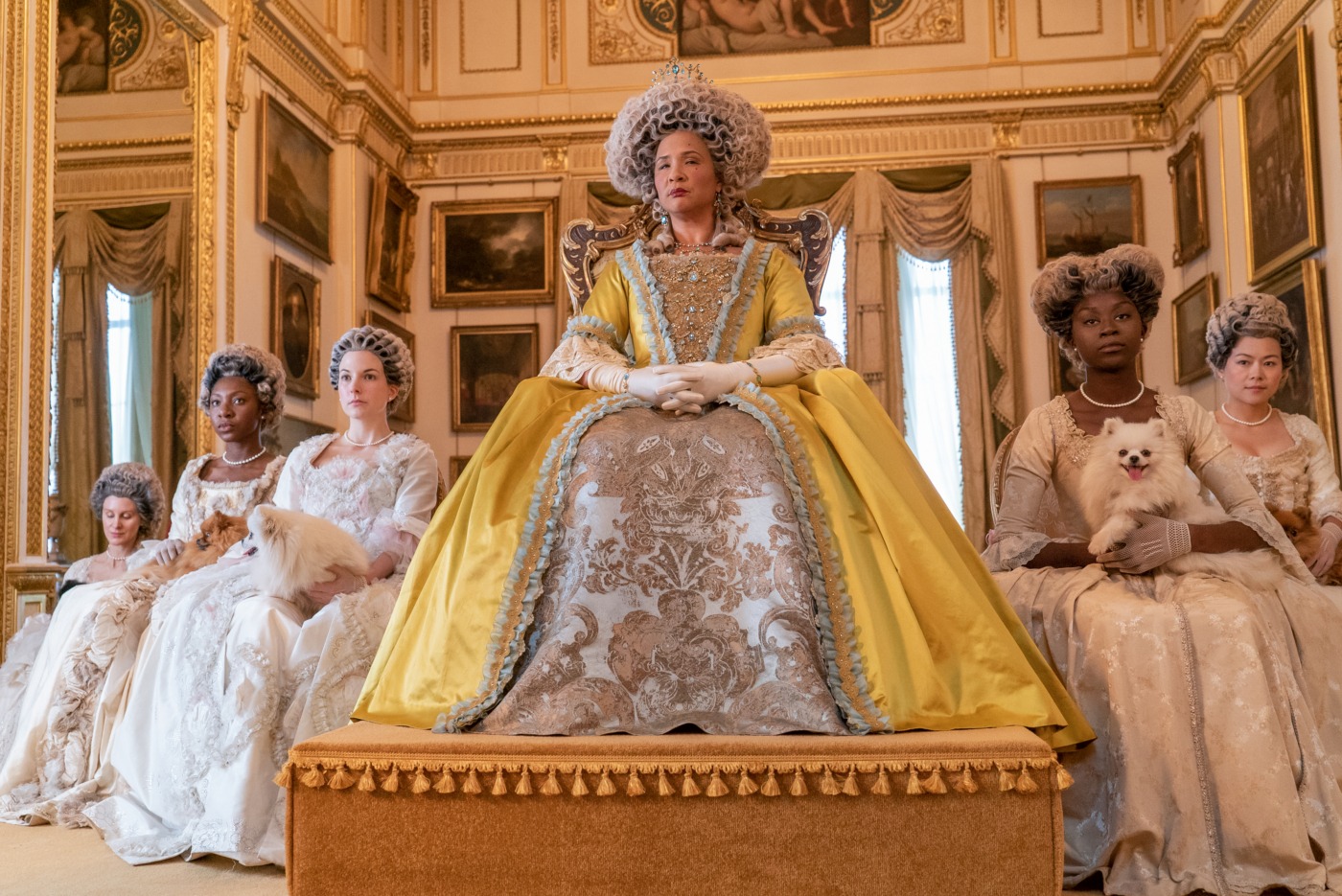The limits of colour-blind casting
Colour-blind casting has been extremely topical over the past few months. Many praise it for its ability to provide more actors of colour with roles, as well as allowing diverse audiences to see themselves represented in TV. Whereas others deem it to be more harmful than helpful, and believe that it encourages people to ignore and trivialise the importance of race in our world. The real question is: just how blind exactly is colour-blind casting, and does it solve the issue of the lack of diversity in TV?
*For multimedia version click this link!*
This casting is often regarded as the solution to the lack of diversity in the TV by disregarding race as an important factor, opening up the floor to non-white actors who have a harder time finding and getting roles. Ruby Barker, who played Marina Thompson in Bridgerton, recently made the case that more productions should use colour-blind casting as it proves to be a success. This is true to an extent; Bridgerton as a period drama had more actors of colour than you would expect to find in a historical series, and this didn’t go unnoticed. However, when we take a closer look at the cast, there is not actually as much diversity as you would expect.
For viewers that are used to watching all-white casts, the cast of Bridgerton will appear very progressive
For viewers that are used to watching all-white casts, the cast of Bridgerton will appear very progressive. What we actually find, is that while there are non-white actors, they still end up playing racialised roles and fitting tropes that viewers are familiar with and desensitised to. Firstly, there were no Asian characters, or at least no prominent ones, a group which is consistently underrepresented in TV and film already. Furthermore, the concept of race does exist within the Bridgerton universe which was clarified in the series. As a result, the race of the actors must have been taken into consideration which makes this casting less colour-blind than it is thought to be.
Most of the non-white cast members are mixed-race, and while this is not an issue in itself, it demonstrates TV’s discomfort with placing darker-skinned actors in prominent speaking roles. In fact, the character of Simon’s dad who is played by a dark-skinned man, is also the only character in the show who could be considered a villain. Additionally, Simon’s best friend is also dark-skinned, but he only serves to provide advice to Simon, and while we learn a little bit about his life, his character as a whole is under-developed.
Looking at the non-white women in the show, all of them are lighter-skinned – again while this is not an issue in itself, it demonstrates the industry’s reluctance to cast dark-skinned women in prominent roles. Despite this, the characters of the non-white women were also under-developed in comparison to the white characters. If the casting was truly colour-blind, what was stopping the casting directors from making any of the major families non-white?
There are simply not enough authentic and original stories written with characters of colour at the centre
While the cast was intended to be more diverse, it is still evident that they did not want to step out of their comfort zone too much. By continuing to play into existing tropes, this allows viewers to still be comfortable with what they are seeing. However, the fear of audience reaction is what is holding the industry back. It’s virtually impossible to create more diverse casts if directors fear upsetting their white audience in particular. As a result, we receive casts that create the illusion of diversity with many non-white viewers still not seeing themselves represented.
The largely ignored aspect of colour-blind casting debate lies within the real issue of the acting industry. There are simply not enough authentic and original stories written with characters of colour at the centre. The lack of stories that are written with people of colour in mind means that we are left reimagining roles that were written for white characters. This constant reimagining means that we will never get true and diverse representation in TV, as trying to slot people of colour into white stories will never be as effective as simply writing non-white characters.
For young people especially, it is arguably more powerful for them to see original stories that they can call their own
Reducing actors of colour to just re-appropriation does a disservice to them and their talent. While the culture of remaking shows and movies with non-white actors does allow viewers to see themselves represented to an extent, those stories will never be truly their own. They’re watered down to re-imaginings and the afterthought of: “oh, this character could be a person of colour too I guess” – never the first take.
For young people especially, it is arguably more powerful for them to see original stories that they can call their own. It’s not realistic to represent everyone all of the time in every production, and it is even harder to represent anyone if colour-blind casting is not done well.

Comments